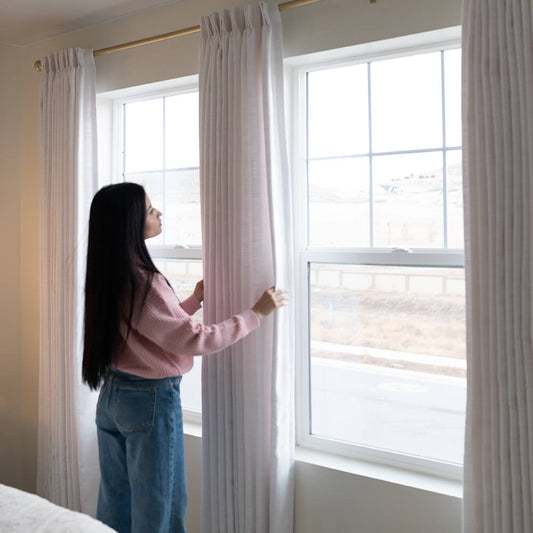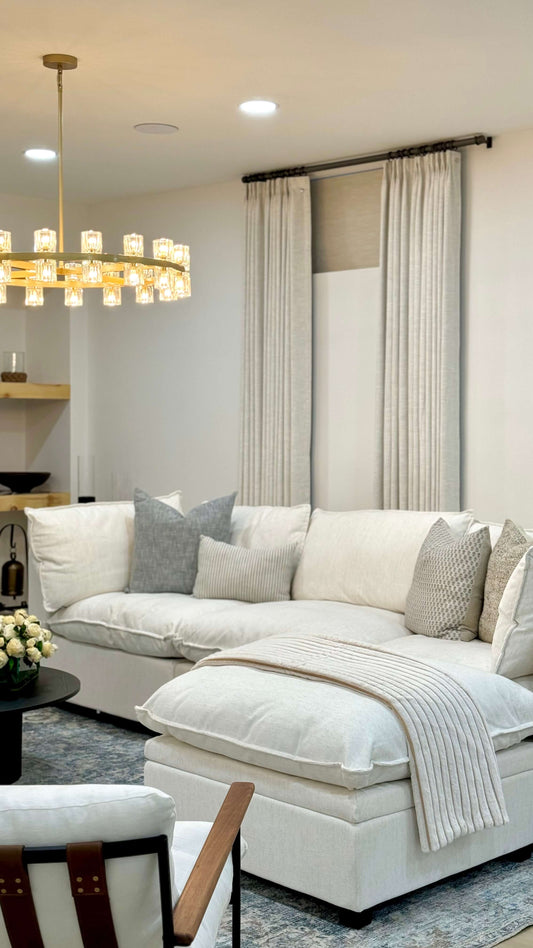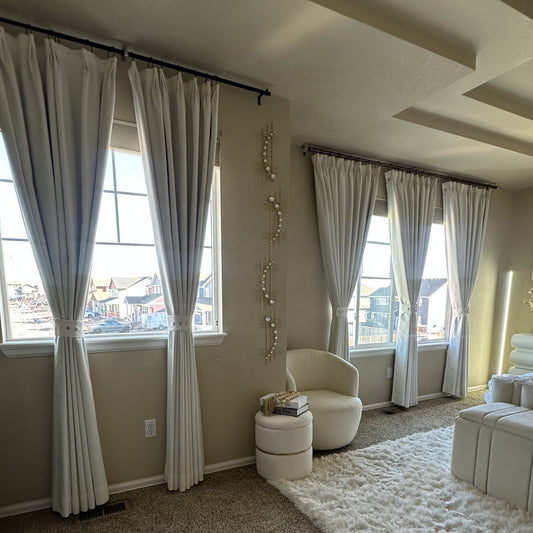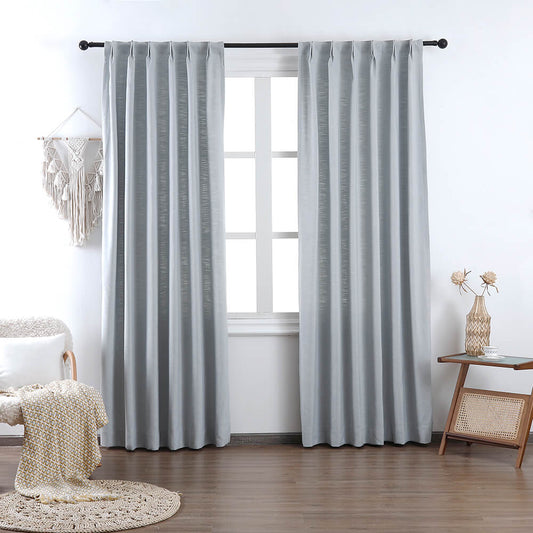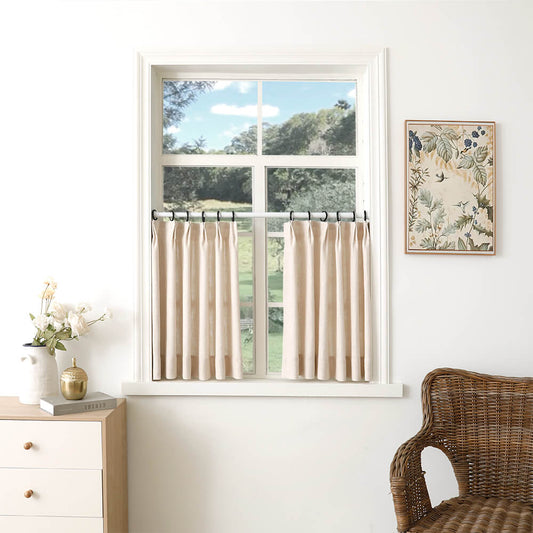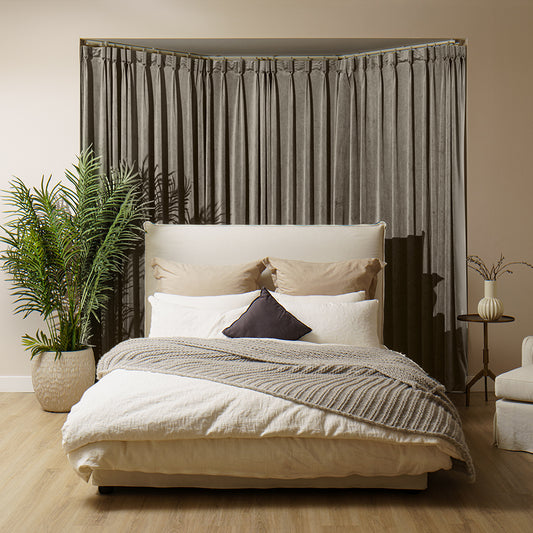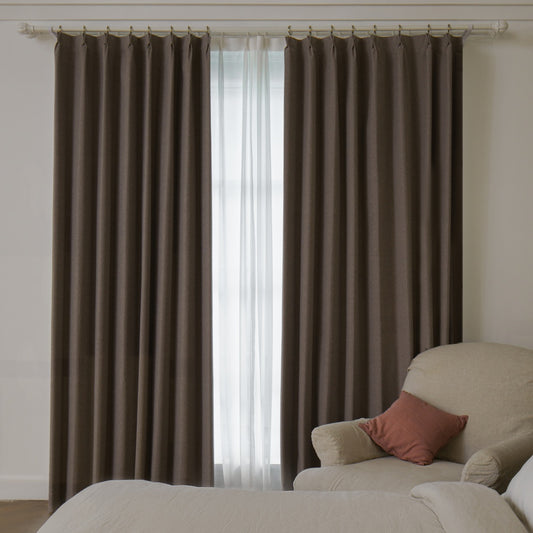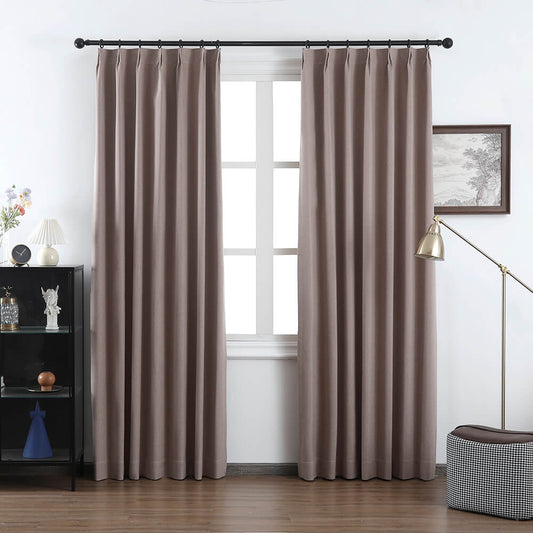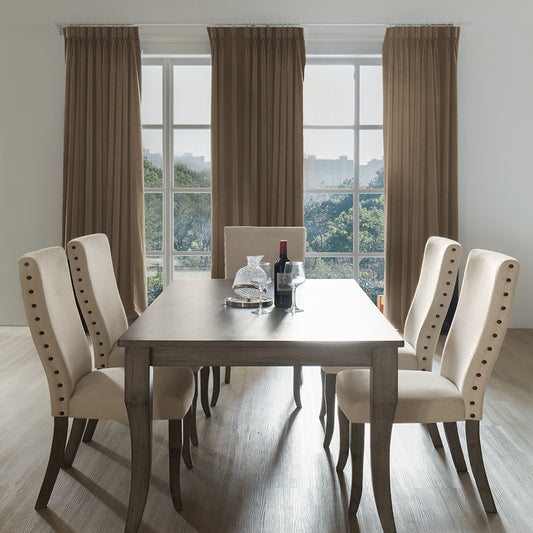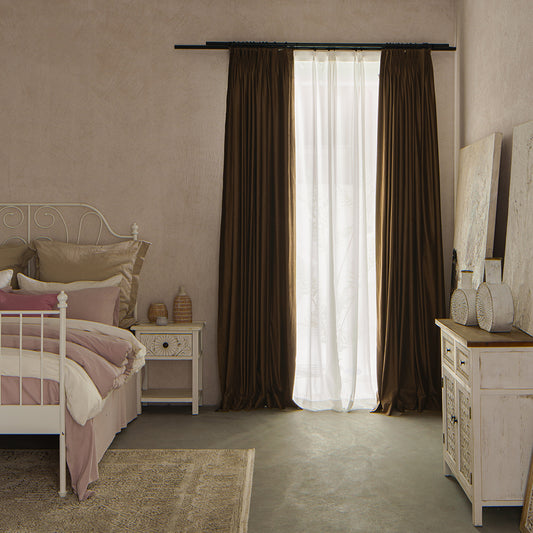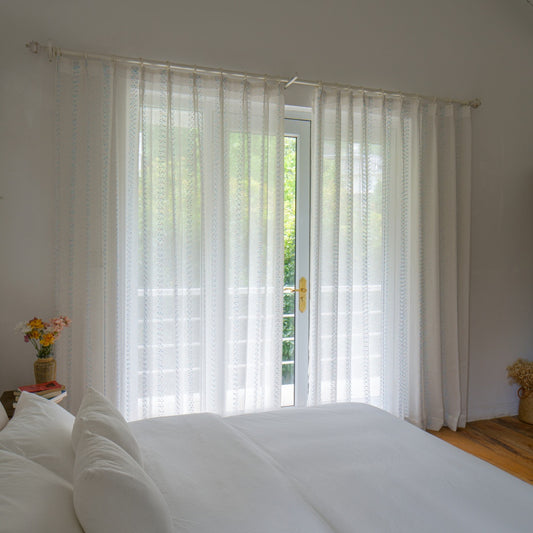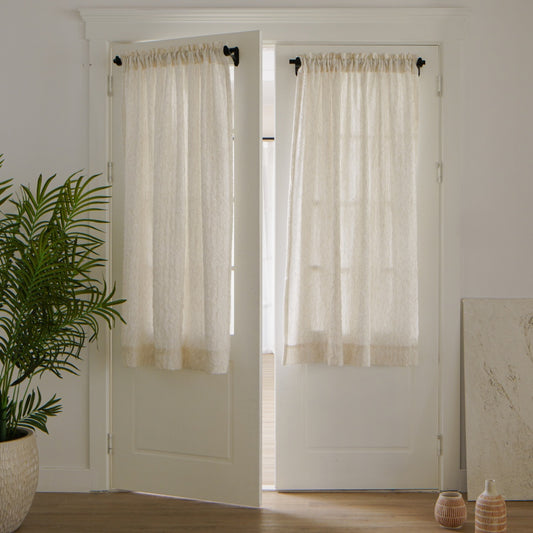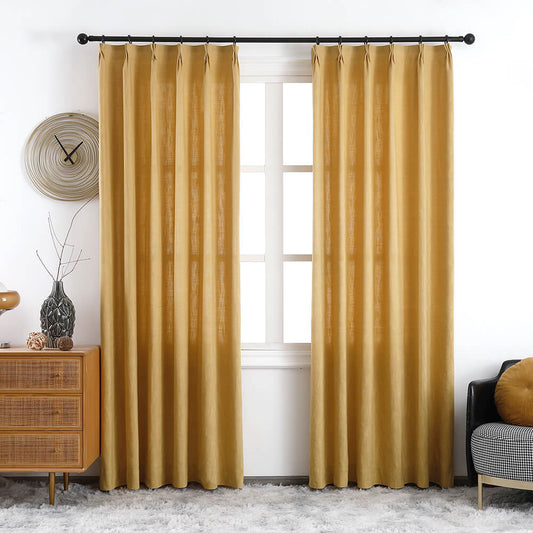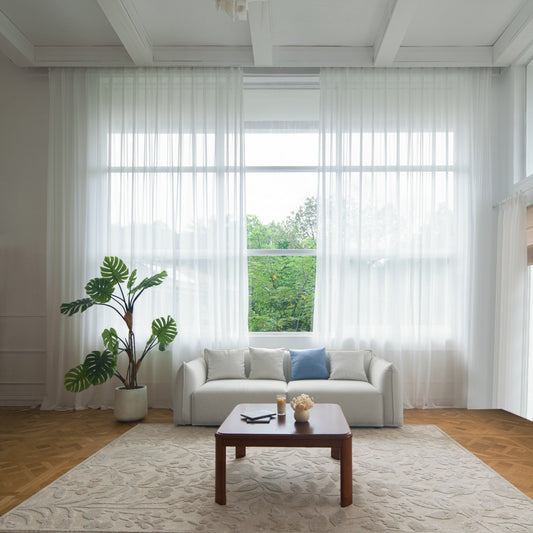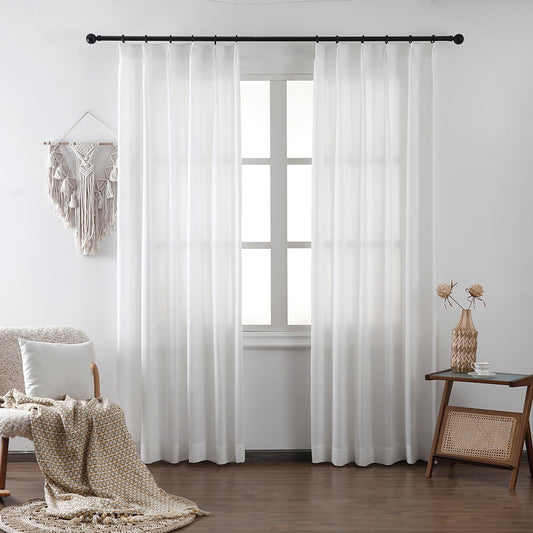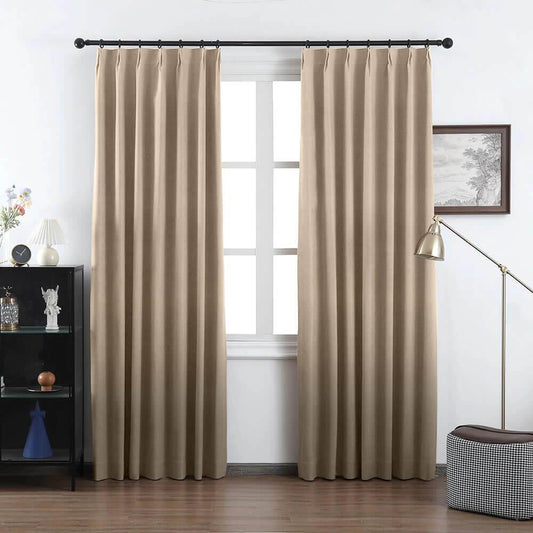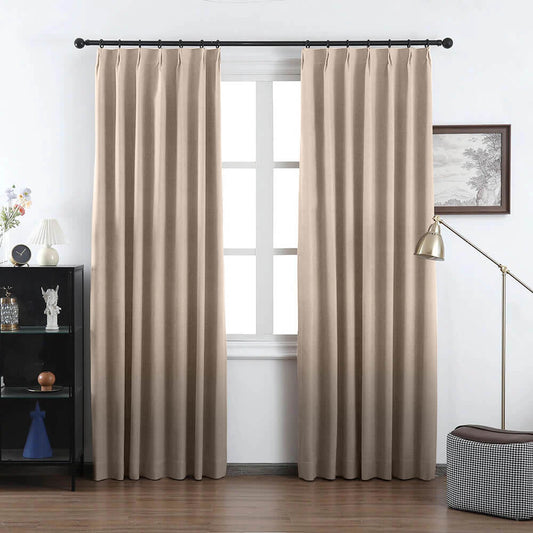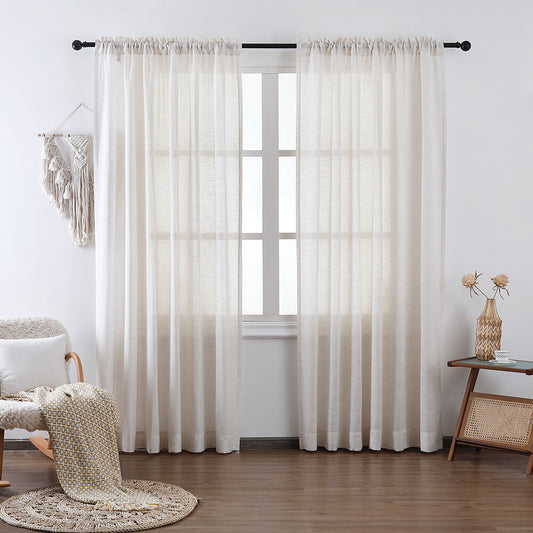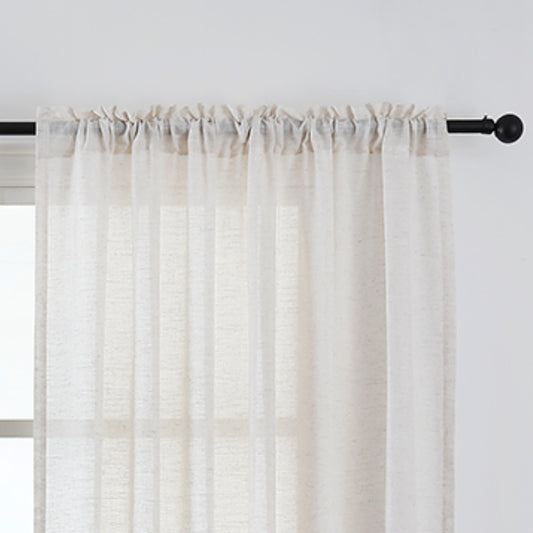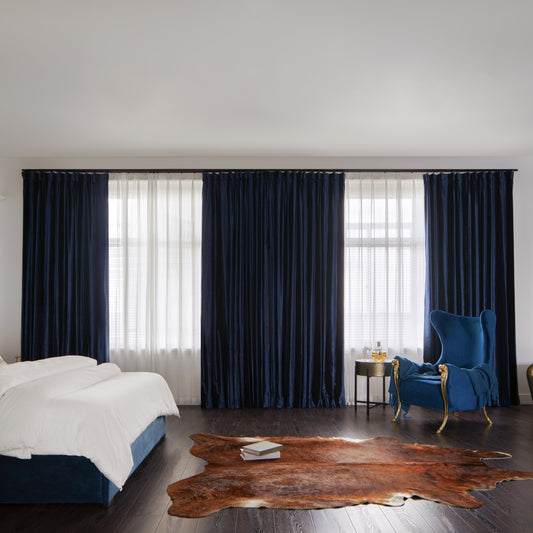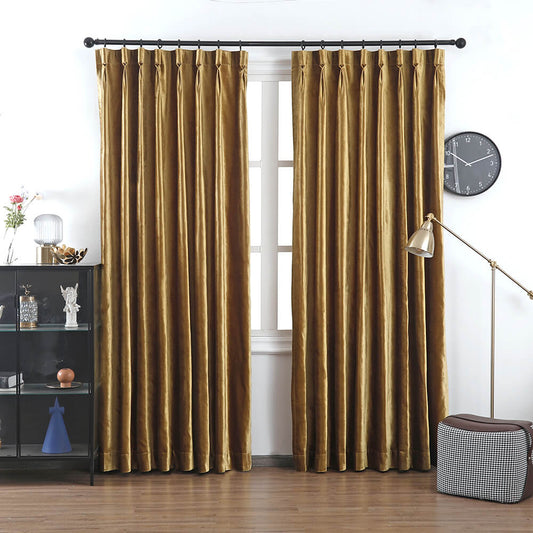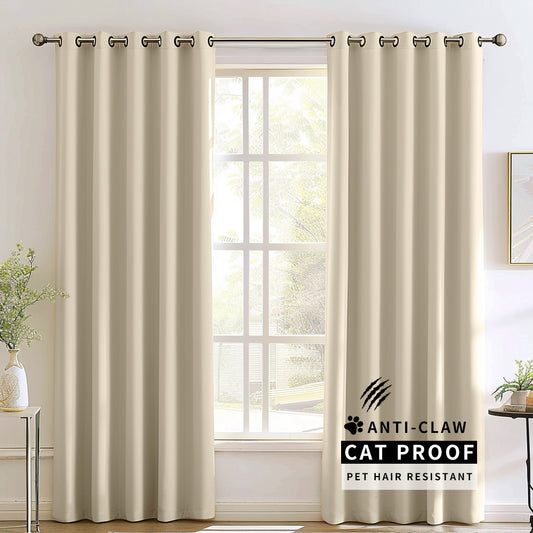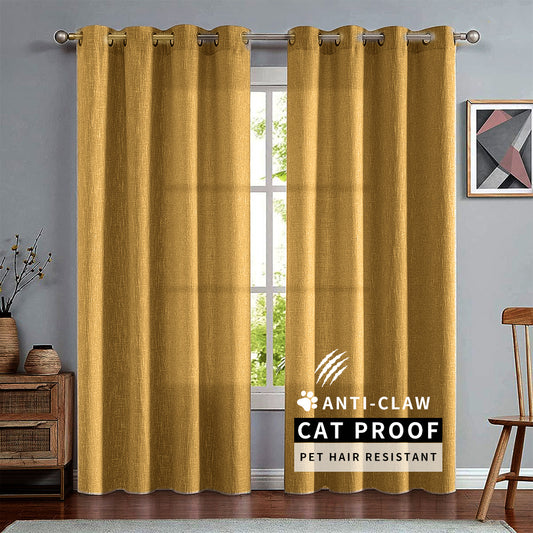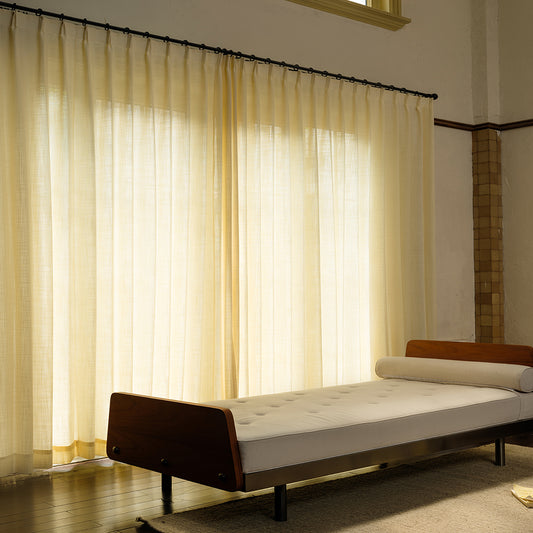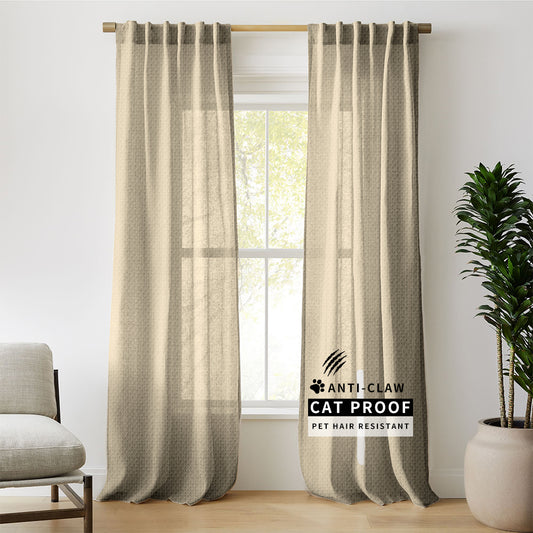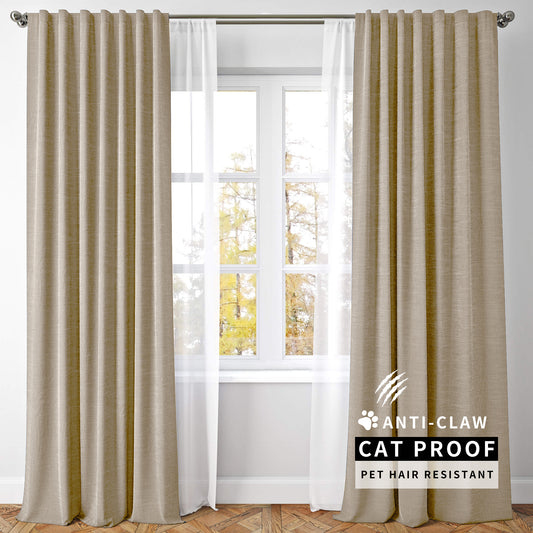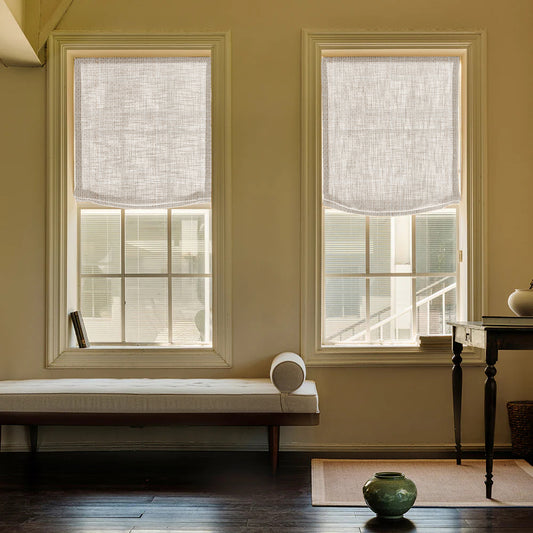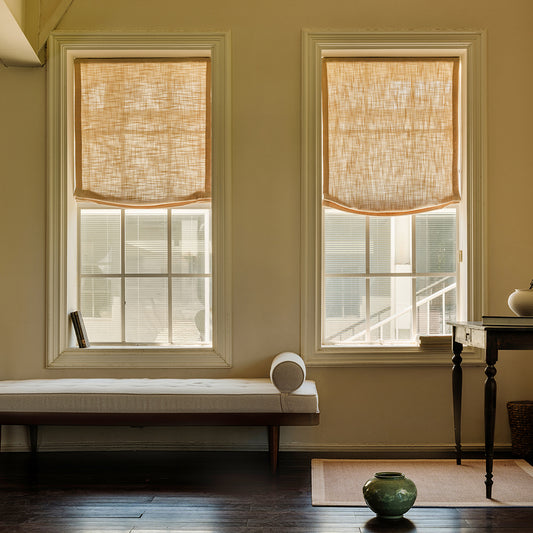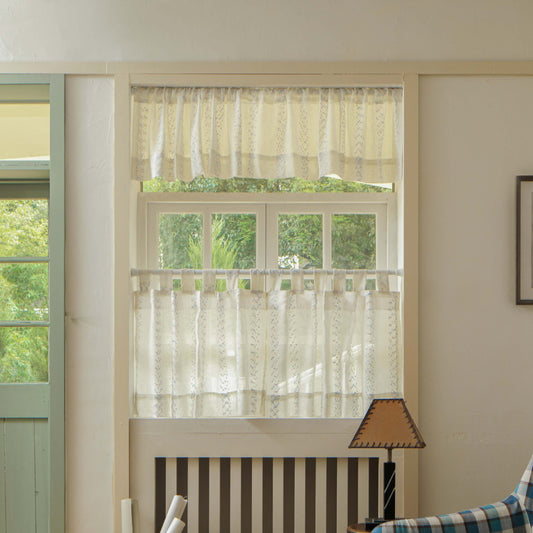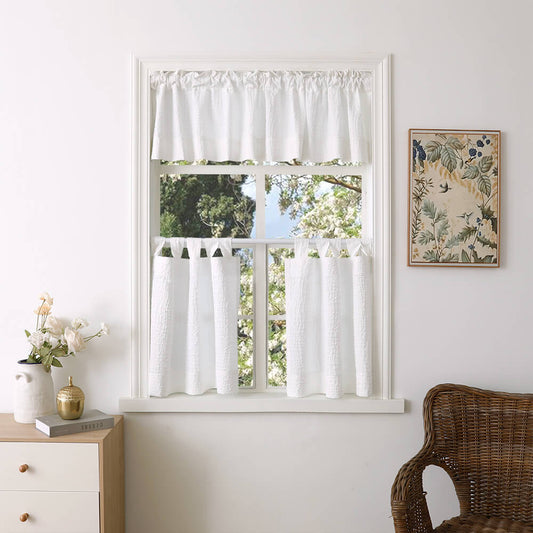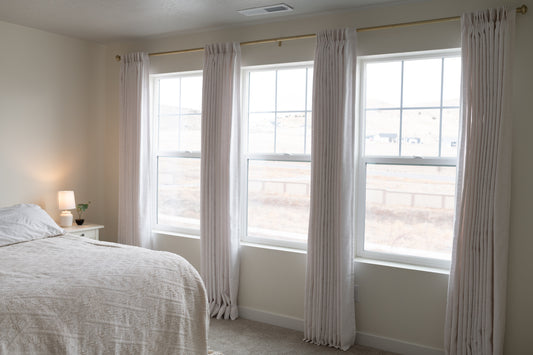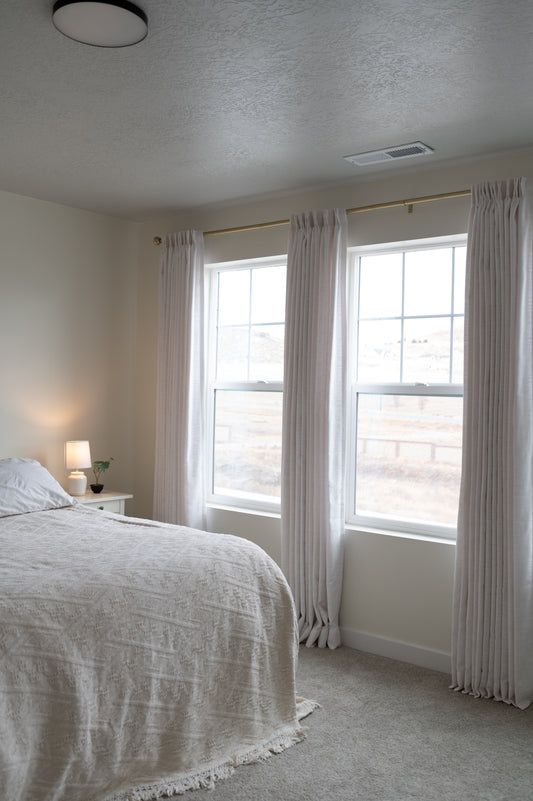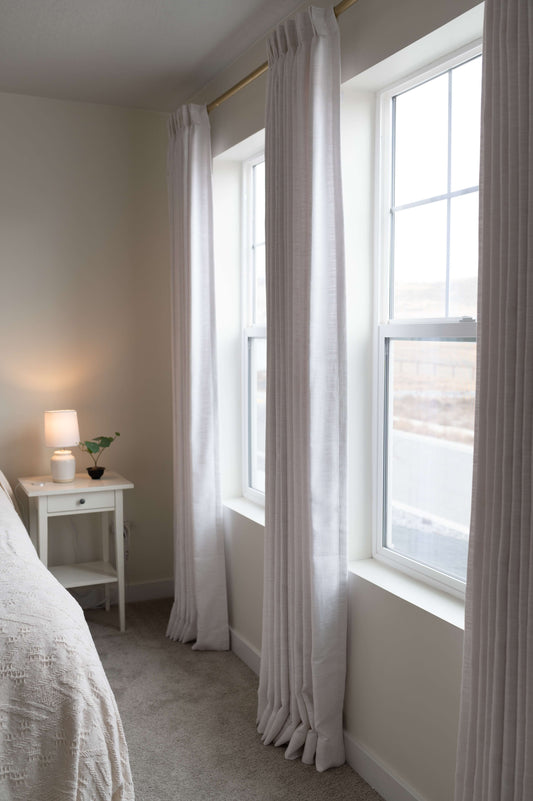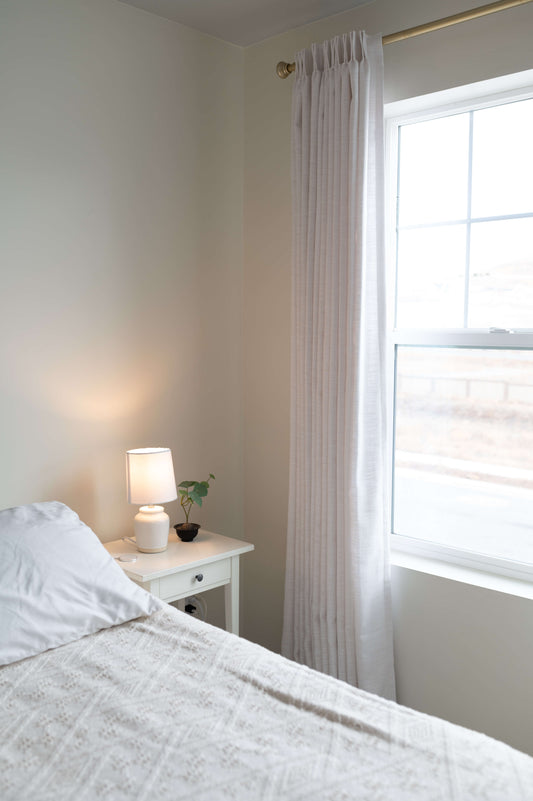B2B Curtain Wholesale Procurement Blueprint: Selecting the Best Bulk Curtains Supplier
Top Bulk Curtains Supplier Selection Tips
For small to mid-sized distributors and cross-border eCommerce procurement managers navigating the wholesale curtain market is a challenging task. Choosing the correct bulk curtains supplier is crucial given issues ranging from deceptive minimum order quantities (MOQ) to differences between samples and mass manufacturing. This article offers a detailed road map to help you stay clear of frequent mistakes and make wise selections maximizing value and quality. Learn how to confirm curtain manufacturer quality, apply contemporary inspection methods, and evaluate supply chain stability—empowering you to boldly submit questions and get competitive prices.

Main Body (about 2500 words)
The first is Industry Pain Points: Getting beyond sample inconsistencies and MOQ Traps
Hidden problems abound in the wholesale curtain business that could compromise profitability. The main problem is the way minimum order quantities are presented. Low MOQs may be used by suppliers to draw business, but the real production needs usually call for far more volumes. Sometimes referred to as the "MOQ trap," this disparity might cause overstocking or force you into transactions unrelated to your current demand.
Apart from MOQ issues, another important problem is the discrepancy between bulk manufacturing output and sample quality. Many vendors offer a premium sample to land an order, only to deliver goods that fall short of the same standards once manufactured in volume. This inconsistency compromises not only your brand's reputation but also causes extra expenses and delays as you try to fix quality problems.
Procurement managers must examine closely both the terms related with the wholesale curtains minimum order and the consistency between sample and full-scale production. Protecting your company interests requires asking the correct questions and demanding proof of quality control. Particularly important are thorough conversations on manufacturing techniques, quality control procedures, and outside audits.
Moreover, instability in the supply chain is causing changes in the sector. Reliable production schedules depend on a supplier's capacity to keep constant raw material inventory. Even the best supplier will have unanticipated delays or quality problems when the raw material inventory ratio is low. As a distributor, you should review past manufacturing records and demand openness about stock levels.
Dealing with these issues calls for a multi-farious strategy ultimately. Before signing any contracts, you have to combine financial scrutiny with thorough quality control to guarantee that every factor—from MOQ criteria to manufacturing consistency—is closely examined.

2. Curtain Manufacturer Quality Verification: Screening Guidelines
Ensuring a trustworthy bulk curtains provider depends mostly on confirming the manufacturer's quality of output. This approach explores thorough assessments rather than a cursory review. "How to verify curtain manufacturer quality," is a crucial long-tail search keyword for business experts; here are some pertinent guidelines:
2.1 Detailed Quality Inspection Reports
Your decision-making process should revolve mostly on a strong quality inspection report. These reports have to contain important quality criteria including:
The fabric should have at least 4 colorfastness to guarantee minimum fading following several wash cycles or extended sunshine exposure.
Chemical Safety: No more than 300 mg/kg should formaldehyde be present. Beyond this limit could endanger your health and go against international safety guidelines.
As you request these findings, ask for records from credible outside labs. To ensure consistency across time, it is essential to ask for several reports covering several manufacturing batches.
2.2 Remote Inspection Methods and On-site Verification
Although conventional on-site inspections have great value, modern procurement practices are moving more and more to remote inspection techniques. For example, video inspections provide a flexible substitute that can be planned with least disturbance. Verify during a video inspection the following:
a touring of the manufacturing plant.
thorough exhibitions of the production techniques.
Organize live Q&A events for managers of quality control.
For future use, these virtual inspections ought to be noted and kept. They can be used to benchmark next purchases and act as proof of the supplier's commitment to quality criteria.
2.3 Cross-Verification Including Trade References and Customer Testimonials
Getting comments from other distributors or procurement managers who have dealt with the supplier in past years adds still another degree of quality assurance. This may comprise:
Straight testimonies.
References sent by the provider.
Trade forum and B2B platform reviews.
By cross-checking these observations with the reports on quality inspections, one may create a whole picture of the dependability of the company. Recall that a reliable supplier is eager to answer such questions and ready to supply contact details for former customers.

2.4 After-Sales Support and Constant Improvement
Many times, high-quality manufacturers show a dedication to ongoing development. Look for indicators that the supplier routinely invests in employee training, upgrades its machinery, and uses creative manufacturing methods. Furthermore very important is a good after-sales service system. Early settlement of problems following delivery points to a provider that supports long-term relationships and customer satisfaction.
Establishing these screening criteria helps you to build a strong basis for choosing a supplier who not only satisfies your current needs but also possesses the resilience and quality commitment capable for expansion with your company.
Third: Methodologies of Factory Inspections: Alternatives for Bulk Curtains Supplier and Video Inspections
Particularly in the B2B sector, modern technology has transformed the way we do factory inspections. Time limits or geographical restrictions make the conventional approach of physical site visits impractical when dealing with bulk curtain suppliers. Video checks become quite essential here.
3.1 Running Video Inspections
Video inspections let you virtually real-time analyze a supplier's industrial environment. These useful advice help you to maximize this approach:
Plan live video conferences whereby the supplier offers a thorough tour of their manufacturing line. Ask for close-ups of important steps including fabric cutting, sewing, finishing, and raw material storage.
Create a checklist covering all facets of manufacturing using standardizing techniques. This should cover topics of facility cleaning, safety procedures, equipment maintenance, and staff training grounds.
Record and Archive: Make sure the session is captured whole. Reviewed later or shared with internal teams for additional assessment, this recording acts as a reliable record.
3.2 Alternatives to Video Examinations
Although video inspections are quite useful, they are not the only one accessible. Other approaches consist in:
Third-Party Audits: Hiring neutral reviews of the supplier's facilities by means of specialized independent auditors for manufacturing inspections can help to Usually thorough, these audits address production capacity as well as quality control.
Ask for a pre-production sample that replics the whole manufacturing run. With the approved sample, this one should be assessed for consistency and quality as well.
Digital Documentation: Request finely detailed video clips of the production process and high-quality pictures. These records can nonetheless offer important insight on the running of the facility, even if they are less engaging than live video.
3.3 Assessing Remote Inspection Effectiveness
Effective remote inspections depend on open lines of contact. Before the inspection, provide the supplier thorough expectations and make sure they grasp the standards against which they will be judged. Consider also the following elements:
Transparency: A provider who is unwilling to provide thorough images or documentation could be covering flaws. A respectable bulk curtains supplier is renowned for their full honesty.
Ask the supplier how fast they can supply extra information or clear questions during the inspection. A responsive provider shows customer-oriented attitude and professionalism.
Check if the provider has the necessary technology setup for digital documentation and high-quality video streaming. Inaccuracy of the inspection and miscommunication resulting from inadequate technology can compromise both.
Using video inspections and complementary options will help you to close the distance and keep careful control over your possible bulk curtain provider. This creative solution not only saves time and money but also offers a consistent way to confirm manufacturing standards without regular human visits.
Fourth. Examining Quality Metrics and Supply Chain Stability
Apart from the production quality, timely and consistent delivery depends much on the reliability of a supplier's supply chain. Analyzing the stability of the supplier's supply chain calls for a thorough examination of inventory control, raw material handling, and backup plans.

4.1 Analyzing Raw Materials Inventory
The capacity of suppliers to effectively manage raw materials is a strong reflection of a solid supply chain. Important elements consist of:
Analyze the raw material stock to compared to production capacity inventory ratio. A good percentage shows that the supplier can satisfy big orders without delay.
Ask about the supplier's ties to their raw material vendors. More consistent and predictable manufacturing schedules usually follow from long-term alliances with reliable suppliers.
Understanding how the supplier responds to changes in raw material costs helps one to appreciate market swings. Strong risk managers help suppliers to manage economic changes without sacrificing quality.
4.2 Examining Quality Control Documentation
Whether the final product satisfies set criteria depends much on quality inspection reports. Examine these reports with an eye toward:
Make sure the fabric routinely either reaches or surpasses a colorfastness value of 4. This ensures that the curtains will look just as they should even after several wash cycles and prolonged light exposure.
Check that formaldehyde levels remain either at least 300 mg/kg or less. Meeting international safety criteria and safeguarding end consumers depend on compliance with these restrictions.
Ask for inspection records covering several manufacturing batches. One very good sign of the supplier's dedication to upholding high standards of quality is consistency across batches.
4.3 Managing Supply Chain Contingency and Risk
One sometimes disregarded feature of supplier assessment is their contingency preparation. Find out if the supplier has strong plans to reduce hazards including:
Unexpected Demand Surges: Can the supplier increase quickly without sacrificing quality?
Does the supplier have backup plans should transportation problems or raw material shortages arise?
How does the supplier maintain current with and follow changing worldwide rules?
A supplier with a strong supply chain not only guarantees on-time delivery but also reduces interruptions that can compromise the running of your company. Analyzing these elements will help you choose a bulk curtains provider who not only satisfies your quality requirements but also shows a proactive attitude to risk control.
In five, Supplier Comparison Table: Data Module
Comparatively analyzing important criteria across different vendors helps one support the decision-making process. Important information about 10 possible bulk curtain vendors is compiled in a comparison table below. This information reveals their minimum order criteria, payment options, and delivery periods.
| Supplier | Minimum Order Quantity | Payment Method | Delivery Time |
|---|---|---|---|
| Supplier 1 | 500 units | T/T, L/C | 30-35 days |
| Supplier 2 | 750 units | PayPal, T/T | 25-30 days |
| Supplier 3 | 600 units | T/T, Western Union | 28-33 days |
| Supplier 4 | 550 units | L/C, T/T | 32-37 days |
| Supplier 5 | 800 units | T/T, PayPal | 27-32 days |
| Supplier 6 | 650 units | T/T, L/C | 30-36 days |
| Supplier 7 | 700 units | L/C, Western Union | 29-34 days |
| Supplier 8 | 500 units | T/T, PayPal | 31-35 days |
| Supplier 9 | 600 units | T/T, L/C | 26-31 days |
| Supplier 10 | 750 units | L/C, T/T | 28-33 days |
This table is a useful reference that will let you easily compare other necessary criteria and the wholesale curtains minimum order requirements. This information will help you to shortlist vendors whose terms fit your company requirements, therefore simplifying your procurement procedure.
Six. Practical Actions and Call-to-Action Advice
It is time to act now that you have the knowledge to negotiate industry hazards and properly assess vendors. Use these practical guidelines to guarantee the finest provider of bulk curtains:
Create a unique checklist including supply chain stability, quality inspection metrics, and MOQ validation. Review documents and during video inspections use this checklist.
Plan remote inspections including live video walkthroughs with selected vendors. Make sure the sessions are videotaped and that you have whole views of their manufacturing techniques.
Ask for recent quality inspection reports and make sure important criteria include colorfastness (≥4) and formaldehyde concentration (≤300 mg/kg) satisfy industry standards.
Review minimum orders, payment choices, and delivery times using the comparison table supplied. Shortlist vendors with acceptable terms.
Talk to past customers or trade references to learn about the performance and after-sales assistance of the provider.
Use Expert Resources: Simply enter your email to obtain your complimentary copy of the "Global Curtain Fabric Wholesale Market Analysis Report," which offers in-depth market insights to help direct your buying decisions.
Using these techniques will reduce risks and simplify your purchase process. Acting forcefully will help you to find a bulk curtains provider that not only satisfies your quality criteria but also helps the long-term expansion of your distribution system.
Finally,
In the cutthroat world of curtain wholesale procurement, a careful supplier choosing process is absolutely vital. Understanding industry pain problems such deceptive MOQs and sample irregularities, carefully confirming manufacturer quality, and using current inspection techniques can help you to choose a bulk curtains supplier with confidence for your company needs. Stable supply chains and strong quality control help your operations to flourish free from unanticipated interruptions. Start immediately; apply these ideas, cross supplier data, and grab your free market analysis to get the best prices.
Frequencies of questions
Q1: What main risk misleading MOQ figures pose?
A1: False MOQs can cause you to buy more than required, which would cause inventory problems and higher storage expenses.
Q2: How can I practically check curtain maker quality?
To verify consistency, A2: Ask other distributors for comments; request thorough quality reports (e.g., colorfastness and chemical safety); do live video inspections.
Q3: Are video inspections as consistent as visits on-site?
A 3: Indeed. Video inspections give openness and can efficiently highlight manufacturing standards when carried out with a clear checklist and premium recordings.
What important metrics should I search for in reports on quality inspections?
A4: Emphasize safety and aesthetic durability by focusing on a colorfastness rating at least 4 and a formaldehyde content not more than 300 mg/kg.
Q5: In what way does supplier dependability change with supply chain stability?
A solid supply chain guarantees constant production and timely delivery of orders by means of a good raw material inventory ratio and strong risk management.
Following this blueprint will help you to avoid typical procurement mistakes and guarantee a supplier fit for your strategic goals. About ready to change your buying process? Now pick your free market analysis study and move toward a more safe and profitable supply chain.
